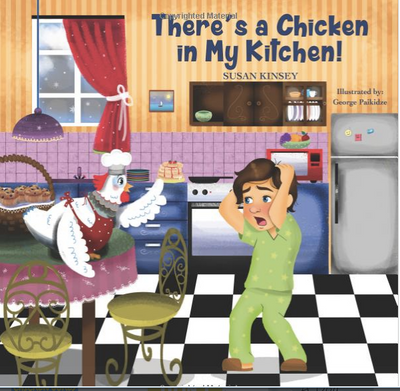“Is it time yet?” or “Are we done yet?” are two common questions that parents hear over and over again. They hear it so many times that they want to hide in a room and shut the door.

When parents say the famous words "Almost, just wait,” it seems as though kids become obsessed with a never-ending duty to re-ask the same question until the parent is done with an activity. A child most likely will continue to interrupt this adult every thirty seconds, reiterating what they said before as if they didn’t hear the initial response. It often feels like young children do not understand the the concept of time except for “now” and “right now”! How do we teach our children that when we say five minutes, we didn’t mean thirty seconds? Why is this?

1. Time is Abstract
Time is such an abstract concept to a young child. What does five minutes really mean unless you are able to look at a watch and see the small hand ticking away? To a child under five years old, telling time must be attached to a “real” object or “event” occurring in their daily life. Instead of saying”in five minutes”, say “After we finish this show” or “When it gets dark outside”.
2. Numbers don't mean anything, but visual and auditory cues do
When asking a child to wait in line at the grocery store they must be given with a visual or auditory cue. That “five minutes” must be accompanied with either a kitchen timer, or a timer on the phone, that goes off once five minutes is done. Let your child know that “when the alarm beeps, it will be our turn”, or “we will be ready to ______ “. This will give a young child something to wait for instead of repeatedly asking the parent if “it’s time yet”. Visual and auditory cues turn the abstract concept of time into a reality.
3. Acknowledgement and praise for a time "well-waited" is key
Make sure to use descriptive praise to encourage waiting and as soon as the timer rings, stop what is happening and follow through with what you said would happen next. “Oh __(name of child)__ , Did you hear the buzzer? You have been waiting so patiently to go outside, let’s go find your baseball”! Praising children by describing what they are doing and why it is “great”, makes them feel good and tells them that you are following through with your promise.
4. Preparing for waiting
Next time an adult anticipates some waiting may be in the near future, prepare ahead of time by telling the child that what they will be waiting for and how long. Make sure to use a visual or auditory cue to signal to the child that the waiting period is over.
 Was this interesting to you? Sign up here to receive our new blogs as soon as we publish them!
Was this interesting to you? Sign up here to receive our new blogs as soon as we publish them!







